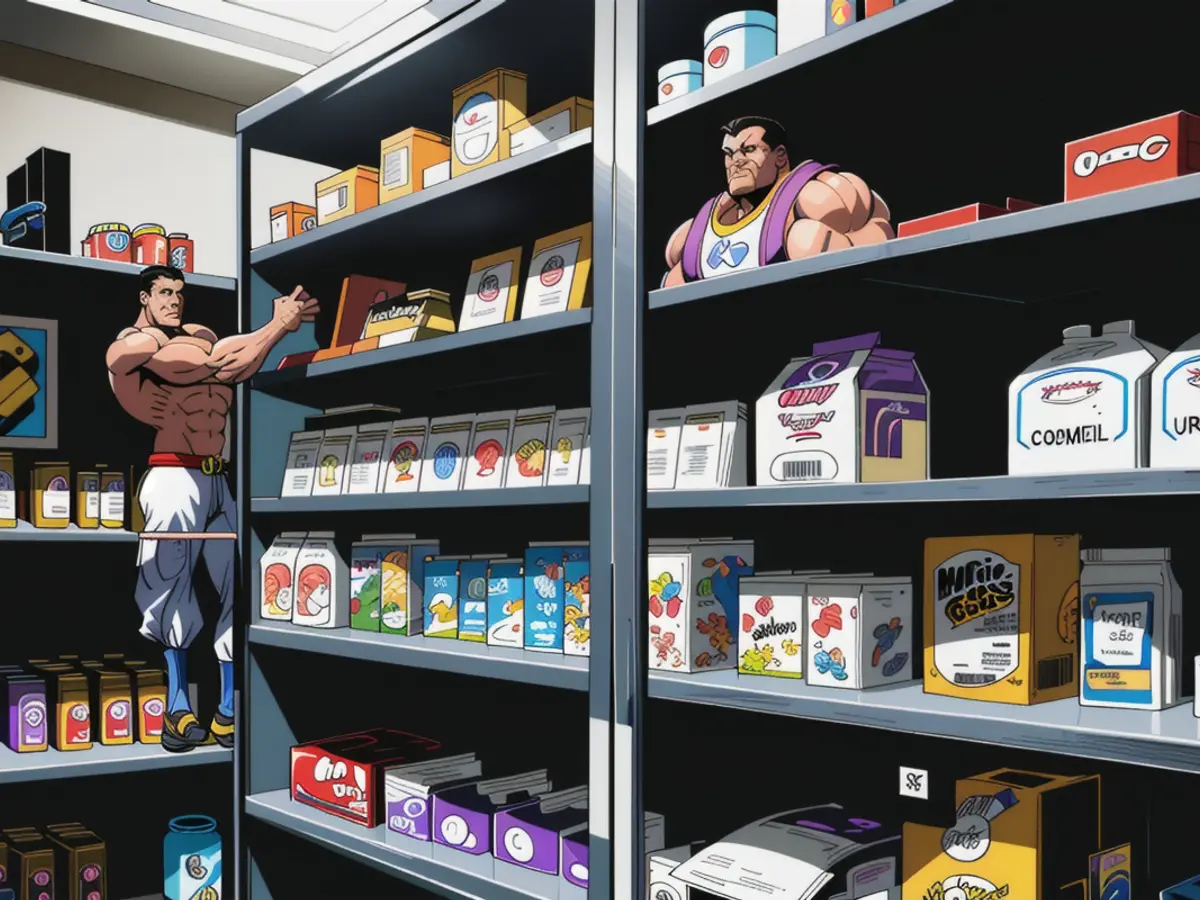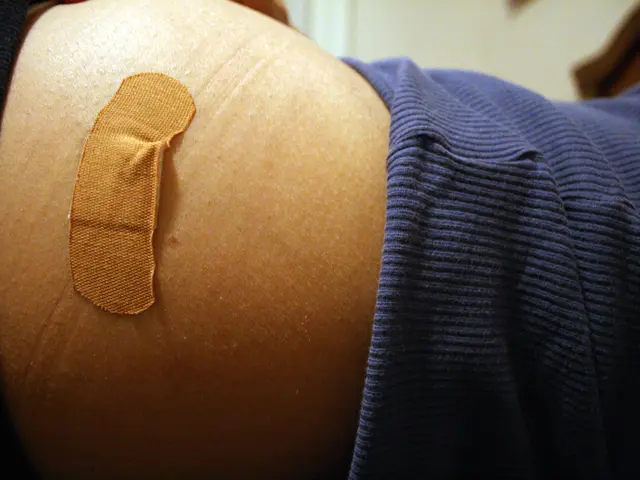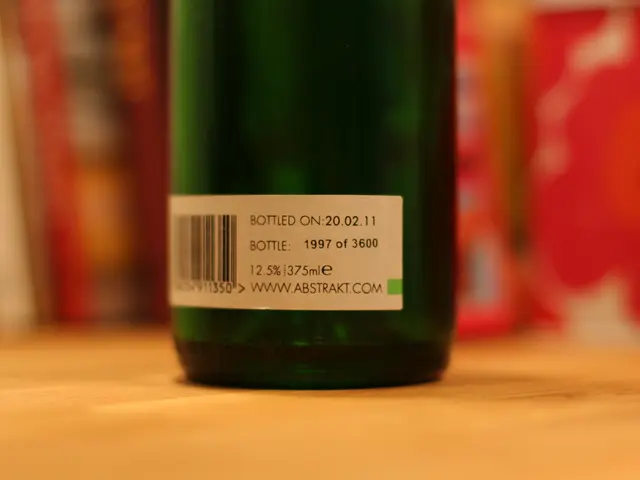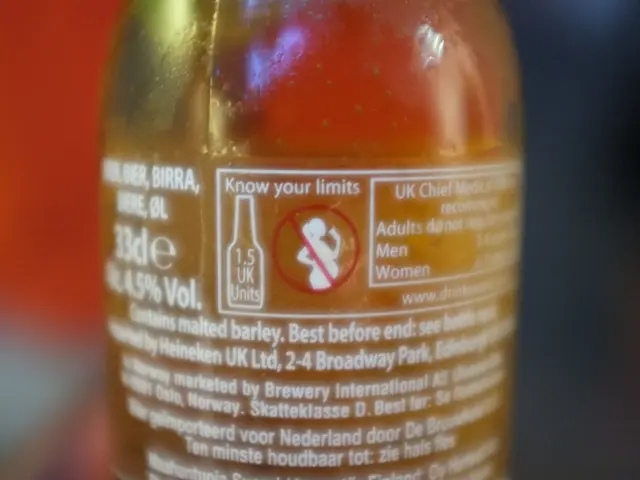The Threat of 25% Drug Tariffs
Escalating tariffs might precipitate a scarcity of generic medications in the United States.
In a dramatic move, US President Donald Trump has announced a whopping 25% tariff on pharmaceutical products, effective from March 2025. This decision, according to the President, aims to stimulate domestic production and reduce reliance on foreign imports, primarily from China and Ireland. Yet, this proposed tariff holds the potential to disrupt the pharmaceutical industry and significantly impact drug prices.
What's at Stake?
Let's delve into the possible consequences:
- Soaring Drug Prices: Tariffs on pharmaceutical imports are expected to cost American consumers a staggering $51 billion annually. This gigantic increase in costs could easily trickle down to consumers, inflating drug prices across the board (then again, who doesn't love a price hike, right?).
- Drug Availability and Shortages: Tariffs might drive generic drugs, which are often produced on ultra-slim margins, into financial peril. This could lead to production disruptions, product discontinuations, or even a decline in product quality, resulting in drug shortages.
- Domestic Production Shift: While the tariffs might encourage the onshoring of brand-name drug manufacturing to the US, generic drug manufacturers might not reap the same benefits due to their lower profit margins. However, some pharma giants like Johnson & Johnson and Eli Lilly are already investing heavily in domestic production, hinting that the threat of tariffs is driving strategic decisions to boost local manufacturing.
- Innovation and Patient Access: Increased costs due to tariffs could hamper innovation and patient access to new medicines. Many US biotech companies rely on imported materials for their products, and these additional costs could potentially slow down drug development and manufacturing.
- Industry and Consumer Uncertainty: The persistent threat of tariffs breeds uncertainty among both the pharmaceutical industry and consumers, potentially leading to delays in decision-making and investment, affecting long-term strategies for drug development and manufacturing.
So folks, buckle up! The proposed drug tariffs might spin the pharmaceutical industry and drug prices in a direction you may not fancy. But hey, who said life was fair, right?
If you're curious about more details, check out our Telegram channel @expert_mag
- The 25% tariff announced by President Donald Trump on pharmaceuticals, effective in 2025, could lead to an annual cost of $51 billion for American consumers, skyrocketing drug prices.
- With the potential disruption of generic drugs due to these tariffs, drug availability and the risk of shortages become a significant concern.
- While the tariffs might incentivize brand-name drug manufacturers to shift production to the US, generic drug manufacturers may not experience the same benefits due to their lower profit margins.
- Pharmaceutical companies relying on imported materials for drug development and manufacturing may face increased costs due to the tariffs, potentially slowing innovation and access to new medicines.
- The constant threat of tariffs could generate uncertainty in both the pharmaceutical industry and consumers, potentially delaying decision-making and investment in long-term strategies for drug development and manufacturing.
For more insight on tariffs, drugs, and pharmaceuticals in the USA, follow our Telegram channel @expert_mag








